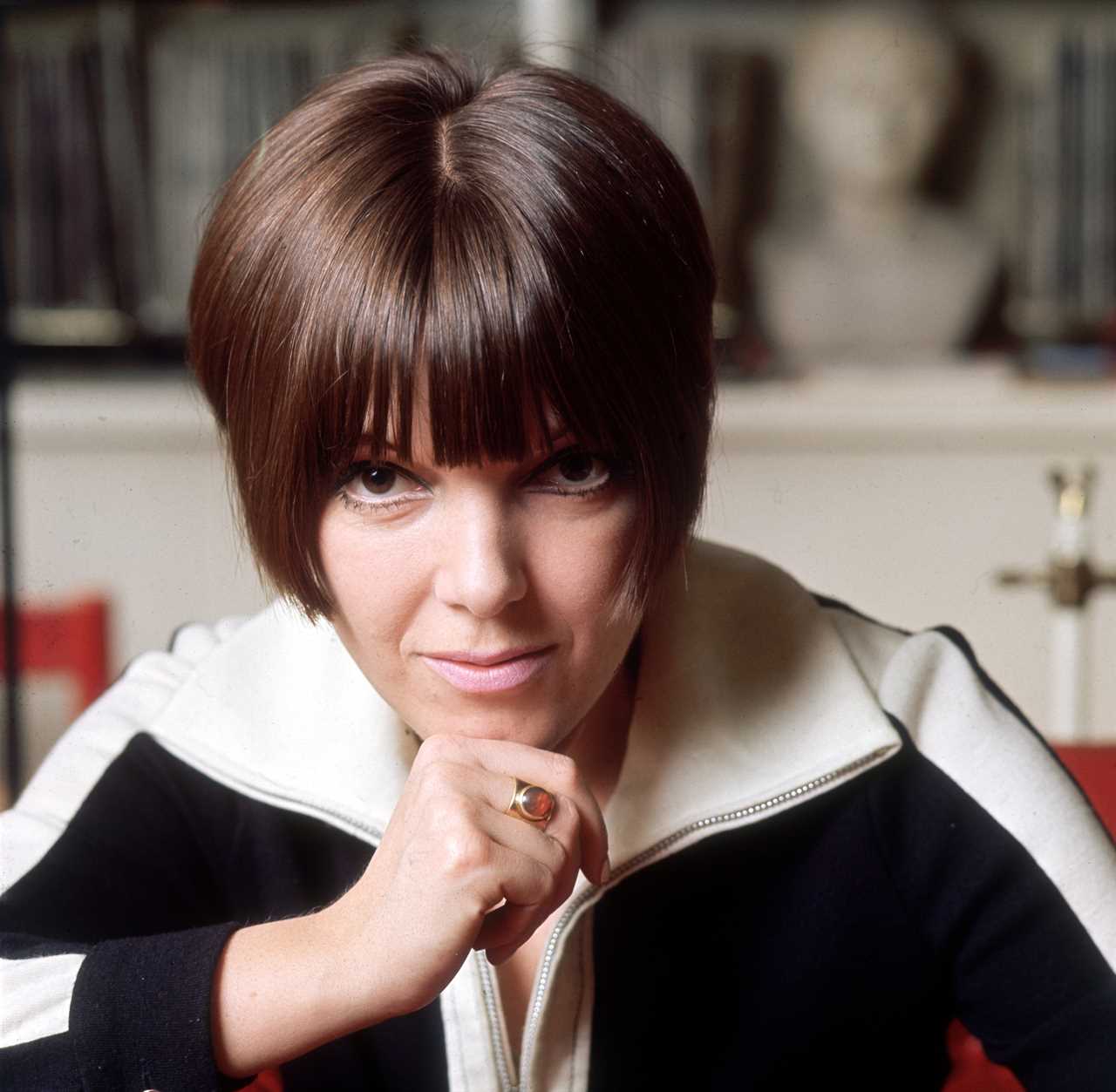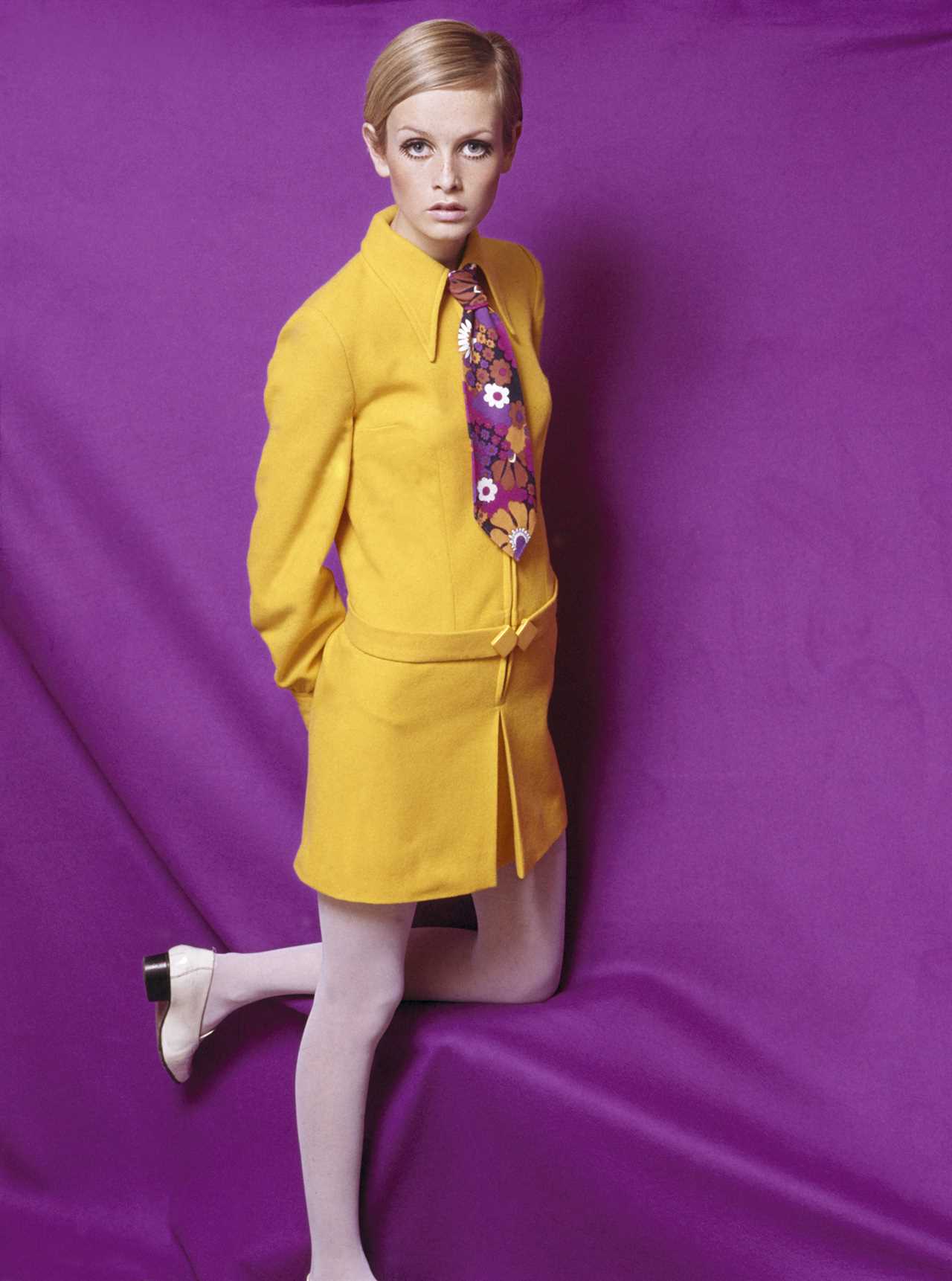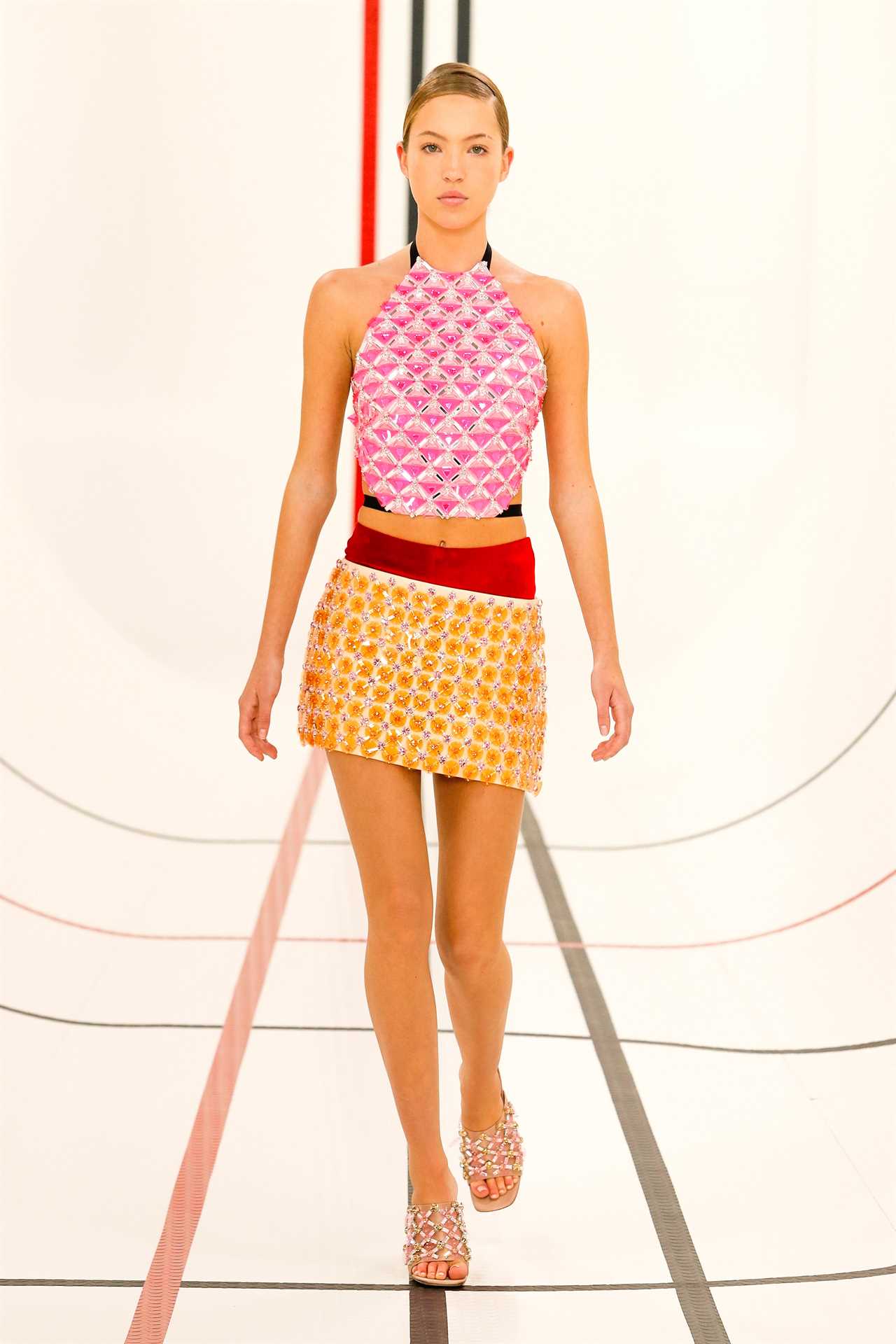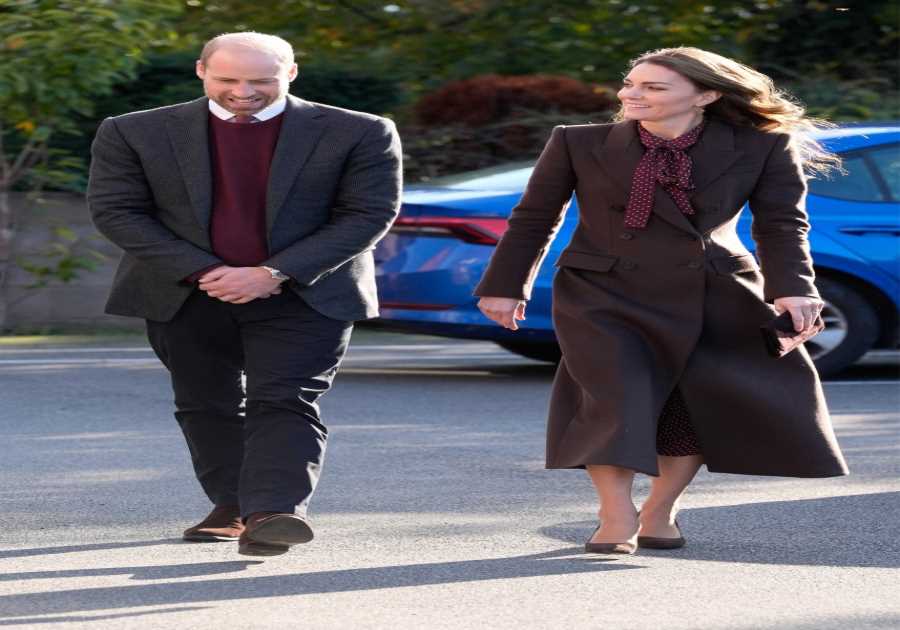SHE sparked a sexy style revolution in the Swinging Sixties by slashing hemlines and went on to become one of the most influential fashion figures in history.
Designer Mary Quant’s bright, skimpy clothing sent shockwaves through the nation and her slick Vidal Sassoon crop was the “It” haircut — copied by millions to this day.

Famous for her miniskirts, hot pants and boldly coloured tights, Mary’s design motto was: “Be yourself, free yourself.”
And she raised eyebrows at every turn — even talking openly about dyeing her pubic hair green and trimming it into a heart shape at a still prudish time in the UK.
Now new film Quant, directed by actress Sadie Frost, tells how the risk-taking boss and style icon rose to fame — ruffling a few feathers along the way.
“English fashion has always been notoriously rebellious,” says supermodel Kate Moss in the documentary.
And Mary, now 91, led the way.
The film pieces together original interviews with the designer’s closest friends, archive footage and drama-tised scenes to tell her fascinating life story.
Her design formula for women was simple. In archive footage, Mary says: “I think the point of fashion for women should be: One, that you’re noticed. Two, that you look sexy. And three, that you feel good. I can’t see that we wear clothes to feel warm.”
For British fashion designers — including Mary’s godson, Jasper Conran — her impact was huge.
‘She empowers women’
Hailing Mary “one of the most important British designers ever”, Jasper, 61, says she liberated women.
He says: “Mary’s vision was to bring clothes to young working girls, the first girls to have jobs and a career in Britain.”
Sixties model Twiggy, now 72, says: “Her clothes were very short and very subtle. The shoes were flat so you could run and dance in them.
“In fact all the clothes were very simple, but put together they created a very strong look that said somehow, ‘Look at me, isn’t life marvellous?’ ”
Make-up artist Charlotte Tilbury, 48, says: “She was an innovator, a rule- breaker, she empowers women.
“This amazing woman with a sense of freedom and disruption really created a global look.”
But Mary’s road to success was not smooth. The film opens with her statement: “Coco Chanel hated me — I can see why.”
The daughter of Welsh teachers Jack and Mildred Quant, London- born Mary studied illustration at Goldsmiths College, London, then became an apprentice milliner in Mayfair.
She switched to fashion design and in 1955 she opened her first shop, Bazaar, on London’s Kings Road.
Rebelling against dreary Fifties styles, she sold “clothes that had nothing to do with our mothers”.
Hordes queued outside and within ten days her original merchandise had sold out.
Mary says: “I hated fashion and how it was. I wanted clothes to be far more casual and easy-going and yet sexy. We don’t want to look like a duchess.
“I wanted to design clothes for real-life people. I wanted to design for young people.”
But not everyone agreed. In old footage, the film shows her recalling men who objected to her daring designs.
She says: “Some old gentlemen come in to Bazaar and shake their umbrellas at me and shout, ‘Obscene, disgusting, degenerate!’
“But they can’t explain why it was obscene, disgusting or degenerate.”
In a grainy clip from the early Sixties, Mary is quizzed by a male interviewer.
He says: “Mary, isn’t a miniskirt rather obvious — simply blaringly enticing? After all, it seems that few girls really have the legs, hips and above all the panache to carry it off majestically.” She retorts: “But who wants to be majestic?”
What followed was the explosion of the British Sixties music scene, women’s equality marches, the dawn of the contraceptive Pill and a decade of free love.
The film reveals Mary took five years off her age to seem younger and stay hip. But for Kate Moss the Sixties were all about the models — particularly Twiggy and Jean Shrimpton.
She says: “They had a lot of personality and that was contagious and people wanted to feel that energy.
“I have been compared to Twiggy, who I met when I was younger. She’s lovely and she kind of took me under her wing. And Jean Shrimpton gave me tips on men — I can’t say what!”
British Vogue editor Edward Enninful, who also features in the film, believes it all comes back to Mary.
He says: “There was a certain Britishness the world needed at the time and America was so obsessed with the British invasion. If The Beatles provided the soundtrack, Mary certainly provided all the visual images.
“She was right at the centre, giving to the world something that was so British.”
Of the swinging Sixties, flamboyant fashion designer Zandra Rhodes, now 81, agrees: “It caught people’s imagination and drew people to this country and it really did start with Mary and put this country on the map.”
The debate over who first invented the miniskirt still rages among the fashion set (the French credit Andre Courreges).
But it was undoubtedly Mary who commercialised the mini and brought it to the masses.
She was also ahead of her time with diversity in fashion, according to Enninful.
Branding empires
He adds: “It was a time when black models were not exactly used in magazines or shows. You’d see a hand or feet.
Mary literally put those models out there. She proposed a new idea of beauty.”
Decades before the Beckhams and the Kardashians built their branding empires, Mary found global fame putting clothes, make-up, underwear and perfume to her name.
When she wasn’t jetting around the world she divided her time between central London and a country pile in Surrey, where she still lives today.
Of the pressure on Mary to deliver, Jasper Conran says: “Everybody is looking to you for the next big thing, everybody is looking to you to maintain the machine that’s been built on your back.
“It’s just too difficult to maintain day in and day out. Twiggy only worked as a model for four years, The Beatles disbanded in 1970. Mary had to keep on going.”
In the early Seventies — when her bold fun designs became overshadowed by flower power and punk — she adapted.
By now mum to Orlando — who she had with husband Alexander Plunket Greene in 1970 — she juggled a full-time career with family life.
Orlando says: “I was always aware that things were different. I was very aware that home was a private place.
“There was a slight atmosphere of a bomb shelter and it was where we kind of went to hide, which I think is inevitable when you’ve got paparazzi waiting at the end of the drive.”
Luckily for British fashion, the designer wasn’t too shy to cover up completely.
- Quant (12A) is out now.




Did you miss our previous article...
https://thecelebreport.com/television/the-talks-sheryl-underwood-looks-unrecognizable-in-racy-lizzo-costume-for-halloween-episode






